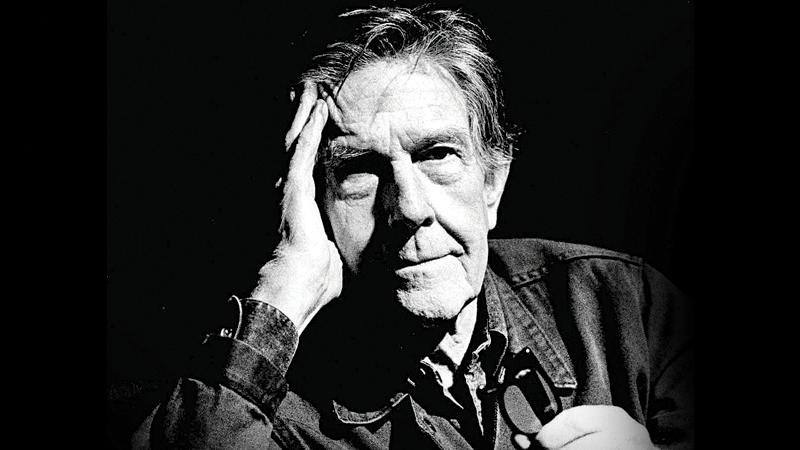
Over its long and illustrious history, the single most immutable quality is its ever-present mutability. There is no concrete definition for what can and cannot be called music and every once in a while, a style pops up that challenges whatever the definition of music was at the time.
Like how Rap music is still today argued to not be music and not too long ago Dubstep was all but rejected by most people, whenever the world thinks to have music all figured out, it shifts, bucks and transforms into something completely unknown once again. Just one such genre, which to this day would alienate most everyone on a first listen is the art of Noise Music and its many subgenres.
Noise Music, as its name would suggest, is music created by using noise in a musical context. At first glance, many would argue that is what all music is, but they are forgetting that noise is different from sound. Noise is unwanted sound, generally considered harsh, disorderly and unpleasant but Noise music has artists put those noises into the right contexts to create a more pleasant and a generally thought-provoking experience. Noise music is Avant Garde and Dadaistic in its rejection of the norm and challenges listeners to consider what they are listening to in ways you simply wouldn’t with most genres.
Origin
Due to the nature of Noise Music it is conceptually too vague to pin down any true origin as to how it started, but Luigi Russolo is considered to be the first true Noise artist. As part of the Futurist art movement of the early 20th century, Russolo saw the potential the Industrial Revolution at the time had to create more complex sounds and the potential for modern people to enjoy it.
He created noise making instruments and assembled noise orchestras, but, as he expected, his performances were met with universal derision. Despite the backlash, the idea caught on and many artists would continue to experiment with it to varying degrees of success.
One of the most popular examples of Noise music is experimental composer John Cage’s 4’33”, in which, for four minutes and thirty-three seconds, the score has the performers to not play their instruments. While commonly perceived to mean silence, the piece was meant to consist of the sounds of the environment and the audience and as such, is completely different every time it is performed. Obviously, this composition was met with harsh criticism, but many saw the point to the performance and music historians point to Cage’s performance to be the true beginning of Noise music.
However, modern Noise music is a far cry from the quiet and contemplative 4’33”. As Russolo predicted, with the progression of technology, so did the sounds man could create and with the invention of electronic and digital sounds, came a multitude of electronic and digital noises that artists could play around with. Industrial music, noise rock, glitch, power noise and many more genres of noise music came to be.
One of its more notable and controversial sub genres is Danger music, an experimental form of music that subjects the performer and/or the audience to harm and usually remains unperformed, though some controversial figures, like the band Hanatarash, have had performances anyway.
Though the audience for it could never be called huge, Noise music is quite international in its reach. But Japan, inherently more out there than most cultures, took to Noise music stronger than most. Dubbed Japanoise, though the term’s use has largely fallen off as of late, the Noise music scene of Japan has had incredible influence on what Noise music can vaguely be defined as today. Artists like the legendary Merzbow, pushed the boundaries of the boundary pushing Noise music genre with tracks that most might even call melodic, which is uncharacteristic of Noise. However, the abrasive and nonsensical nature of most works meant that Noise Music would most likely never catch on to the mainstream, but some, like Merzbow, would come closer than others.

